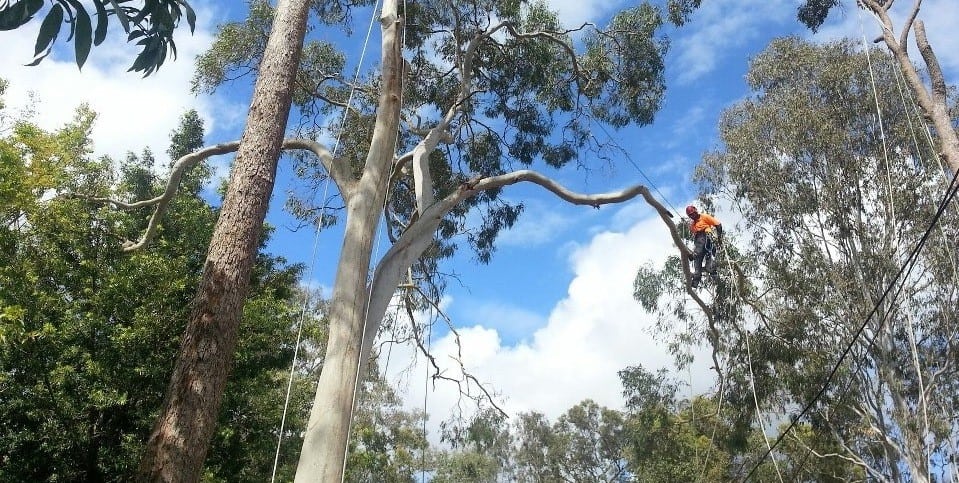When it comes to tree pruning, having the right techniques is essential. Pruning trees can be a difficult task and requires knowledge of proper techniques for achieving desired results.
The Art of Tree Looping: A Guide to Proper Pruning Techniques provides readers with all the information they need to properly prune their trees. This guide covers everything from basic rules and techniques for optimal tree health and aesthetics, to more advanced methods such as training branches over time or managed growth control.
Readers will learn how to identify potential problems in their trees that require corrective action, as well as how best to apply pruning solutions to ensure healthy and beautiful results. With this comprehensive guide, readers will have all the tools they need at their disposal for successful tree maintenance!
The Basics of Pruning Techniques
When it comes to pruning techniques, the basics are simple. Proper pruning helps maintain a healthy tree by promoting growth, creating an aesthetically pleasing shape, and removing diseased or dead branches. Pruning also prevents trees from growing too large for their environment and minimizes potential hazards such as low-hanging branches that could obstruct walkways or interfere with power lines.
The art of proper tree pruning includes many different methods depending on the species being trimmed and the desired outcome. Generally speaking, selective pruning is used when shaping a young tree while renewal pruning is used later in life for rejuvenation purposes.
The three most common types of cuts made during trimming include heading cuts, thinning cuts, and reduction cuts—each of which has its own set of benefits and drawbacks that must be considered before cutting begins. Heading cuts involve reducing branch length to promote bushier branching patterns while thinning removes entire limbs to allow space between existing branches so they can receive more sunlight for better growth opportunities; however, this technique should not be overdone as it may weaken structure stability over time if done improperly.
Lastly, reduction cut is similar to thinning but only reduces limb size rather than completely removing them from the tree; these are often used when overcrowded areas need extra light access or when hazardous limbs need immediate removal due to safety concerns related to nearby structures like buildings or roads. By understanding each method’s unique purpose along with its associated risks one can better assess how best to use all available tools to create a balanced result that benefits both people and trees alike!
Identifying Branches for Pruning

Identifying which branches of a tree need pruning can be complicated, and it requires careful consideration. When deciding to prune, it’s important to think about how much foliage is needed for proper photosynthesis and growth.
Additionally, any dead or damaged branches should be removed promptly as they can cause an infection in the rest of the tree structure. Furthermore, if any low-hanging branches may become hazardous during inclement weather or high winds then those should also be taken into account when deciding what needs to be trimmed back.
Evaluating each branch thoroughly will help ensure that only necessary cuts are made.
Tools and Safety Considerations for Tree Looping
When it comes to pruning trees, having the right tools and safety considerations in place is essential. Pruning shears should be long handled to allow for better reach, and at least one loper or saw might be necessary for larger branches.
A pole pruner can also come in handy for removing tall branches that are out of reach. Protective gear such as a hard hat, gloves, eye protection, and protective clothing should always be worn when tree looping. It is also important to inspect your tools before each use for any damage or dullness; sharp blades will make cleaner cuts with less effort than dull ones.
If you have any doubts about your ability to safely perform pruning activities on your property, consider hiring a professional arborist who has experience with proper tree-looping techniques.
Maintaining Healthy Trees Through Proper Pruning

Pruning a tree can be both an art and a science. To properly prune your trees, you need to understand the basics of how it works and the proper techniques for maintaining healthy trees over time.
Pruning involves selectively removing branches or stems from the tree to shape it and increase its growth potential. Properly executed pruning can help promote strong root systems, reduce plant stress, improve air circulation, maintain fruiting capacity, and create aesthetically pleasing shapes in landscape trees.
It is important to remember that timing is key when it comes to pruning – too much or too little can be detrimental to the health of your plants. Additionally, each species of tree requires different techniques for optimal results; therefore understanding which practices work best for individual species will ensure their longevity.
This guide will provide practical tips on how you can maintain healthy trees through proper pruning techniques tailored specifically for each type of plant.
Conclusion
Tree pruning is an important part of keeping your trees looking healthy and vibrant. With the right techniques, you can ensure that your trees remain in top condition for years to come.
AB Tree Lopping in Perth provides a comprehensive guide to proper tree pruning techniques which will help you keep your garden looking its best. From selecting the correct tools to safety considerations, their guide has all the information you need to perform expert tree lopping safely and efficiently.
Following these tips can help keep your trees free from pests, disease, and other unwanted conditions while maintaining a natural look and feel throughout your outdoor space.








